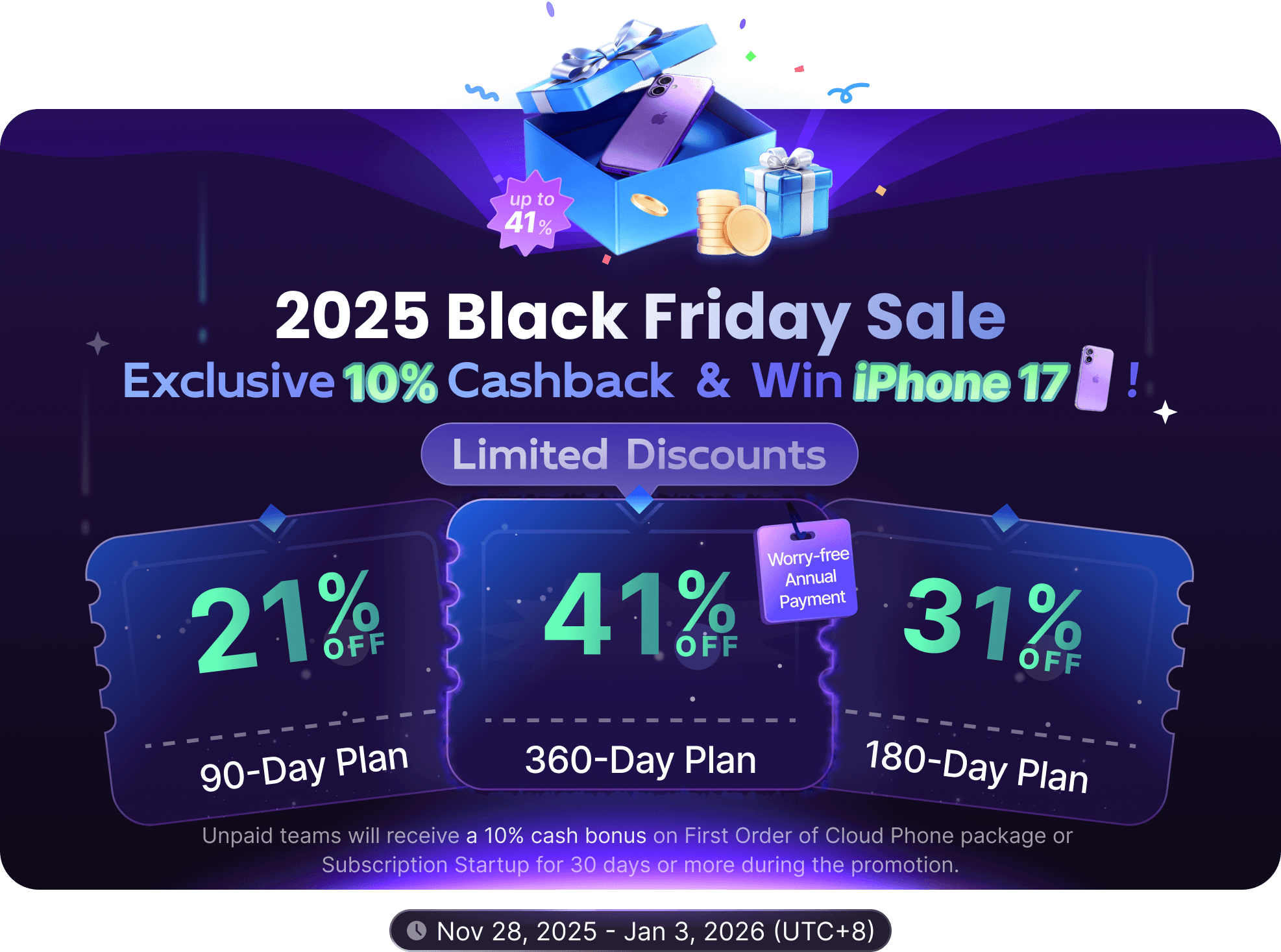Target Audience
What is a Target Audience?
The target audience refers to the specific group that an enterprise or brand plans to attract and serve in the process of market promotion and product marketing. This group has specific characteristics, needs, and behavioral patterns, and serves as an important reference for enterprises in formulating marketing strategies and product designs. Clarifying the target audience helps enterprises allocate resources more accurately, improving marketing efficiency and effectiveness.
Core Characteristics of the Target Audience:
- Demographic Characteristics: Including age, gender, income, education level, occupation, geographical location, etc.
- Psychological Characteristics: Including interests and hobbies, values, lifestyle, consumption concepts, etc.
- Behavioral Characteristics: Including purchasing habits, usage behaviors, brand preferences, information acquisition channels, etc.
- Needs Characteristics: Including unmet needs, pain points, expectations, etc.
Why is Defining the Target Audience So Important?
Defining the target audience plays a crucial role in market promotion and product marketing, and its importance is mainly reflected in the following aspects:
1. Improve Marketing Efficiency
By defining the target audience, enterprises can allocate resources more accurately, focusing marketing activities on groups most likely to be interested, thereby improving marketing efficiency and return on investment.
2. Optimize Product Design
Understanding the needs and behavioral patterns of the target audience helps enterprises optimize product design, making products more in line with the usage habits and expectations of target users, and improving user satisfaction and market competitiveness.
3. Enhance Brand Positioning
Clarifying the target audience helps enterprises carry out brand positioning. Through targeted marketing strategies and brand communication, the recognition and favorability of the brand among target users can be enhanced.
4. Improve User Loyalty
By meeting the needs and expectations of the target audience, enterprises can enhance user loyalty, improve user retention and repurchase rates, and achieve long-term and stable development.
5. Optimize Market Strategies
Understanding the target audience helps enterprises optimize market strategies. Through targeted market promotion and sales strategies, market share and competitiveness can be improved.
How to Determine the Target Audience?
Market Research:
- Understand the characteristics and needs of potential customers through questionnaires, interviews, and data analysis.
Social Media Analysis:
- Observe interactions and feedback on social media to see which content resonates with the audience.
Competitive Analysis:
- Study the target audiences of competitors; their strategies can provide valuable insights for you.
User Portraits:
- Create detailed user portraits, including their age, gender, interests, consumption habits, etc., to help you understand the target group more comprehensively.
How to Apply the Target Audience in Marketing Strategies?
After clarifying the target audience, enterprises need to apply it in marketing strategies, formulate targeted marketing strategies, and improve marketing efficiency and effectiveness. Here are some key strategies and methods:
1. Customized Content Marketing
Produce customized content, including articles, videos, pictures, etc., according to the interests and needs of the target audience. Publish through social media, blogs, emails, and other channels to attract the attention of the target audience.
2. Precision Advertising Placement
Carry out precise advertising placement through social media advertising platforms, search engine advertising platforms, etc. According to the characteristics and behavioral patterns of the target audience, select appropriate advertising forms and placement channels to improve advertising click-through rates and conversion rates.
3. Optimize Products and Services
Optimize products and services according to the needs and behavioral patterns of the target audience to improve user experience. For example, provide personalized product recommendations, customized service plans, etc.
4. Enhance User Interaction
Interact with the target audience through social media, forums, blogs, and other channels to enhance user participation and brand loyalty. For example, hold online activities, conduct user surveys, and respond to user feedback.
5. Optimize Sales Channels
Optimize sales channels according to the purchasing habits and preferences of the target audience. For example, provide multiple payment methods, optimize the shopping process, and offer convenient after-sales services.
6. Conduct Market Segmentation
Divide the market into different segmented markets and formulate different marketing strategies for each segmented market. Through market segmentation, the needs of different user groups can be met more accurately, and market share and competitiveness can be improved.
7. Use Data Analysis Tools
Monitor and evaluate the effectiveness of marketing activities in real-time through data analysis tools, and adjust strategies in a timely manner. Common data analysis tools include:
- Google Analytics: Monitor website traffic and user behavior data.
- Facebook Insights: Analyze the interaction behaviors and preferences of Facebook users.
- CRM Systems: Collect and analyze user transaction data and interaction data.
By clarifying the target audience and applying targeted marketing strategies, enterprises can improve marketing efficiency and effectiveness, and achieve brand growth and improved user loyalty. Accurately defining the target audience and formulating effective marketing strategies are key to the success of enterprises in the market.


